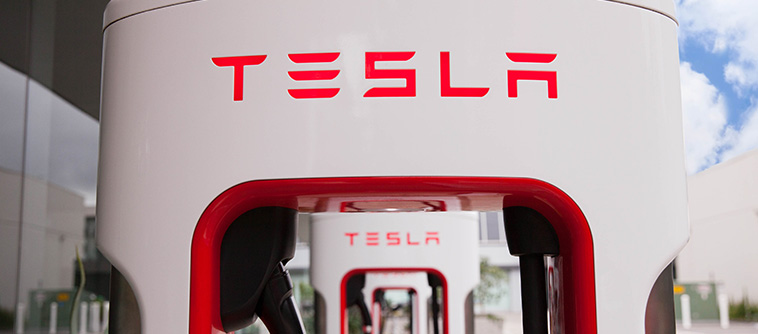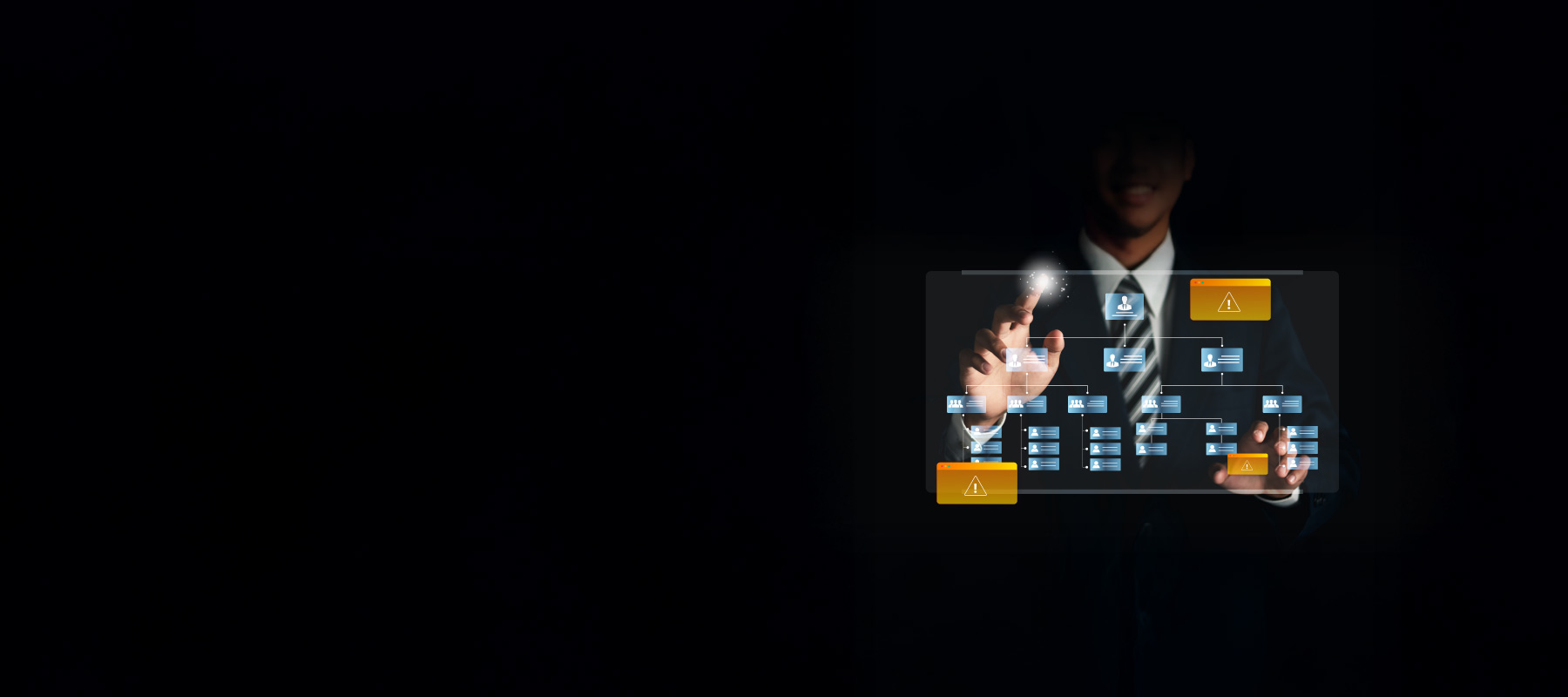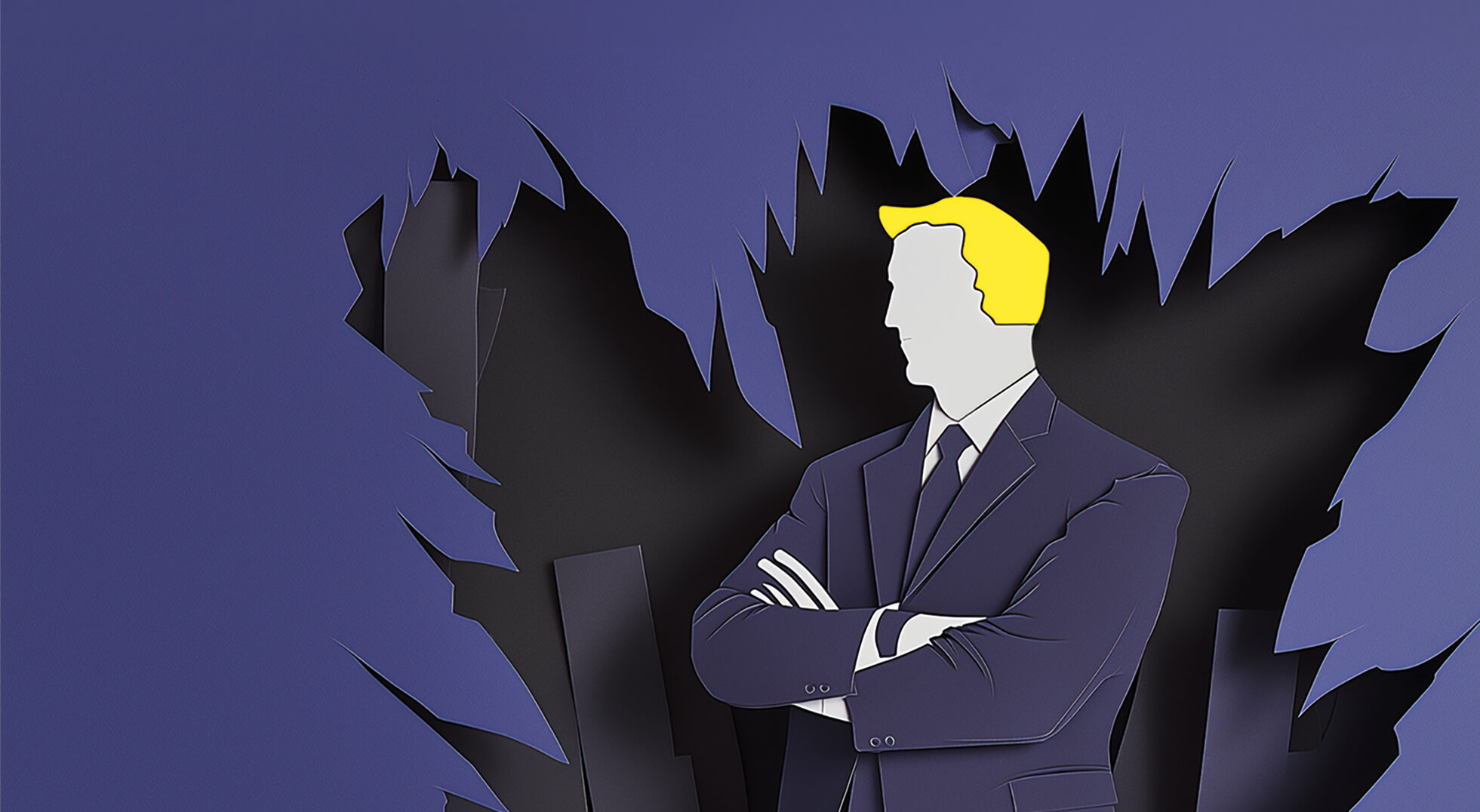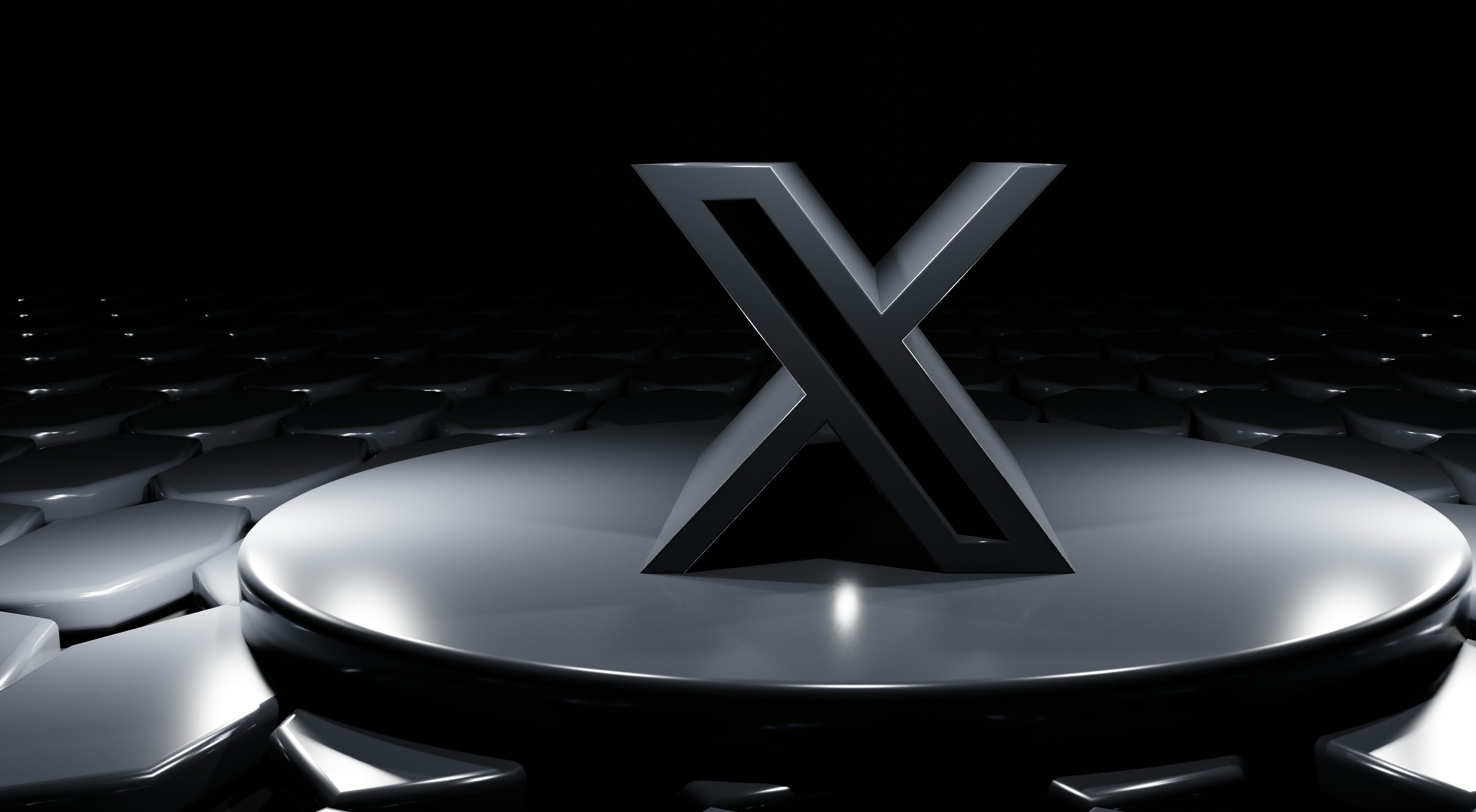
Tesla’s problem: overestimating automation, underestimating humans
Tesla was hoping to produce 5,000 new Model 3 electric cars each week in 2018. So far, it has failed to manufacture even half that number. Questioned on the matter, the company’s CEO, Elon Musk, claimed that “excessive automation was a mistake” and that “humans are underrated”.
He’s not wrong – the recent drive for full automation has overlooked the importance of adaptability. Humans are still far more able to adapt to change than artificial intelligence (AI). In the long-term, AI has the potential to replace human workers, but for now leaders need to determine the right speed of change.
The Tesla factory in Silicon Valley is highly automated. Early on, Musk understood that any process following a sequence of predefined steps and taking place on a fairly controlled environment, such as a factory floor, could be automated by artificial intelligence and robots. And this is something he should be credited for.
But while autonomous systems are developing rapidly, humans remain far better at adapting to unforeseen changes. When it comes to complex factory work, this is something that should not be underestimated. Looking back on Tesla’s productivity issues, Musk undoubtedly missed the importance of adaptability in manufacturing. The probability of small errors and unforeseen situations is proportional to the complexity of the process, especially when the process takes place in the physical world.
Adaptive intelligence
Humans and other forms of intelligent life evolved to survive in a constantly changing world. For this reason, they can cope remarkably well with unforeseen situations and discrepancies between expected and actual events. As cognitive scientist Gary Marcus emphasises, there are a lot of things “that go into human intelligence, like our ability to attend to the right things at the same time, to reason about them to build models of what’s going on in order to anticipate what might happen next and so forth.”
Humans and animals can also adapt their bodies to radically different situations in order to achieve their goals. For example, we can move forward by walking, swimming, jumping, climbing and crawling – and we can do so even if we lose the use of a limb. These dynamic aspects of biological systems help them cope with radical change under highly complex situations.
Machine learning, on the other hand, is not yet at the level of human intelligence and adaptability. Sure, we have made great progress. Today, advanced AI algorithms, inspired by nervous systems, can learn to recognise similar situations like a traffic light turning red or a ball falling on the street even better than humans. Developments in robotics also mean that new robots made of soft materials can physically adapt to unforeseen objects in the physical environment. But in both cases, adaptability is limited to variations within a restricted category of objects or events.
The truth is that we have not yet mastered the design of robots and AI that are resilient enough to respond to unpredictable environments. Take the example of robots used in the packaging industry. Automated guided vehicles with limited on-board intelligence can only follow simple programming instructions taking them along fixed routes in a defined environment. These robots might be able to pick up a product and place it into a carton, without the ability to do anything more complex. When the job changes, the robot will have to be replaced.
More complex mobile robots are also in use. They have built-in sensors and scanners, as well as software that allows them to detect their surroundings and choose the most efficient route so that a product is not necessarily placed in the same location every time. These more complex robots are more flexible and adaptable, but they are still quite far away from what biological systems can do.
This could be a problem for overly automated factories where small physical discrepancies (a broken wheel, wear and tear on the ground, imprecisely positioned parts) can rapidly accumulate and result in unpredictable situations (a component is not where it should be, a robot is missing). When a process changes or the factory starts making a new product, then there is a need to reconfigure the equipment and find a different solution. This is not yet entirely within reach of AI and robotics.
Full automation
Musk has publicly noted his desire to create a fully autonomous factory. His underlying goal is to overcome the limits of human speed. With greater speed, higher outputs can be achieved. But in complex environments, such as a highly automated factory, there is a need for highly adaptable robots that can respond to unforeseen situations and to each other like biological systems do. Introducing that sort of biological resilience in robotics and AI requires further research.
The first involves testing robotic automation within a defined set of processes, such as picking raw material and placing it on the assembly line. The second involves expanding that test to multiple functions and processes, such as combining the raw material and packaging the product. The third stage is to deploy robotic co-workers and adaptive AI as human assistants. Today, this is the best we can aim for.
It is not yet clear when we will have the technology for full automation without human intervention (stage four) and what form it will take but Musk should be praised for trying. He may have underestimated humans but what he is learning is precious and will help him to drive ahead of others in the future.
Bettina Büchel is Professor of Strategy and Organization at IMD.
Dario Floreano is Professor of Robotics and A.I., EPFL- École Polytechnique Fédérale de Lausanne – Swiss Federal Institute of Technology in Lausanne
IMD and EPFL jointly run TransformTECH, to help participants use new technology in their business transformations.
This article was originally published in The Conversation
Research Information & Knowledge Hub for additional information on IMD publications

An intelligent organizational sensory system detects, processes, and acts on change signals, giving your company a strong competitive edge.

Three Ways to Deal with Your Boss when they act against civility, empathy, and ethics. Discover strategies to handle difficult workplace dynamics effectively.

Six ways leaders can shape corporate reputation building strategies within their organizations, drawing on key insights from a Bloomberg Media study.

To navigate a turbulent business environment, CEOs must understand their landscape and align leadership thinking priorities, advises IMD’s Michael Watkins.
Case B describes the unprecedented challenges faced by CO-RO in 2020. The implementation of the sugar tax in its largest Middle Eastern market led to a near 50% volume drop in CO-RO’s sales, and Covid-19 lockdowns impacted the Asia-Pacific (APAC) ...
The CO-RO Group is a manufacturer of fruit-based still drinks, concentrates and ambient ice (home-freeze popsicles) headquartered in Denmark. Although production takes place in Denmark, most of its products are sold internationally, with the compa...
The case explores TBC Bank Group’s remarkable journey from a small Georgian bank to a regional leader in digital financial services across Central Asia. Founded in 1992 with just US$500 in initial capital, TBC evolved into Georgia’s largest financ...
The board of Nestlé S.A. announced that Anna Mohl would become the CEO of Nestlé Health Science (NHSc) — a global leader in nutritional science — on 1 January 2024. She was delighted to hear about her new position but knew there was little time to...

Are you struggling to lead successfully in the face of relentless disruption and uncertainty? Now’s the time to master the art of strategic thinking, starting with these six key skills.

An easy-to-use tool can help executives assess and manage the impact of stakeholders on the creation and destruction of value.
Research Information & Knowledge Hub for additional information on IMD publications
Research Information & Knowledge Hub for additional information on IMD publications
in I by IMD
Research Information & Knowledge Hub for additional information on IMD publications
Research Information & Knowledge Hub for additional information on IMD publications
Research Information & Knowledge Hub for additional information on IMD publications
Research Information & Knowledge Hub for additional information on IMD publications
Research Information & Knowledge Hub for additional information on IMD publications
Case reference: IMD-7-2636 ©2025
Research Information & Knowledge Hub for additional information on IMD publications
Research Information & Knowledge Hub for additional information on IMD publications
Research Information & Knowledge Hub for additional information on IMD publications

